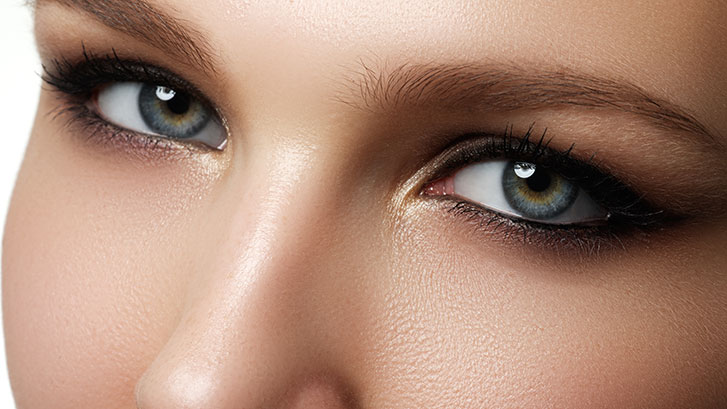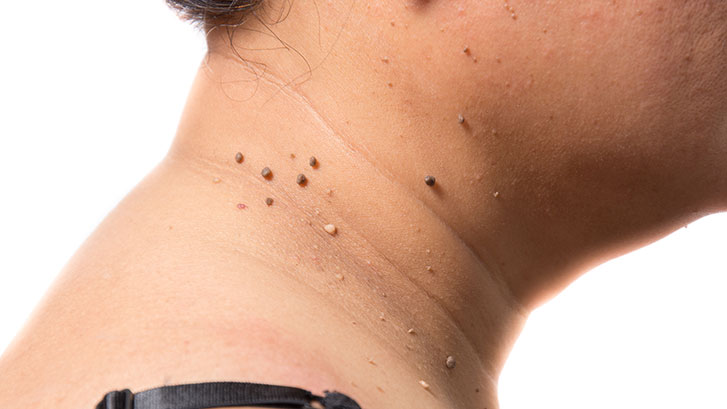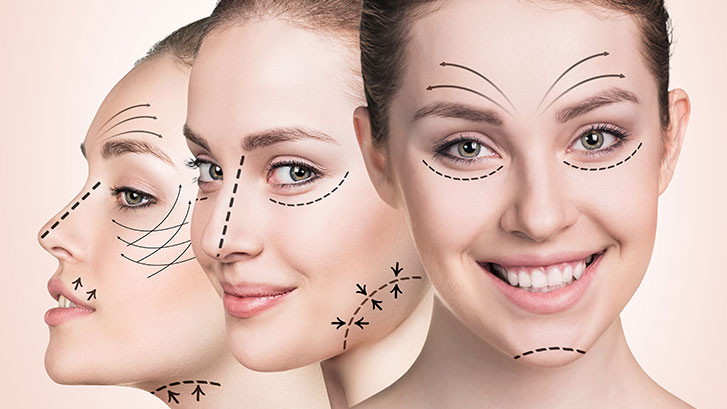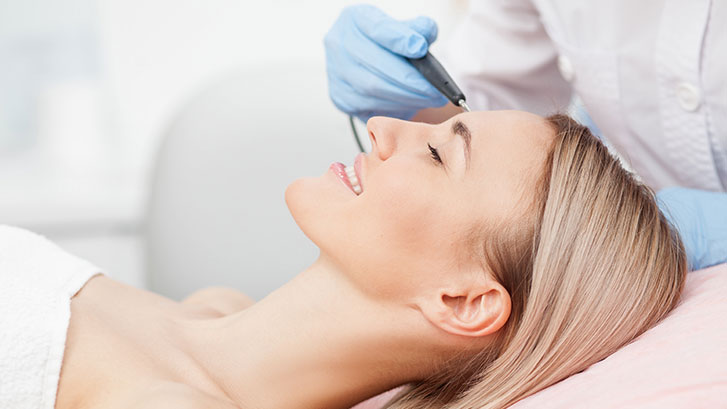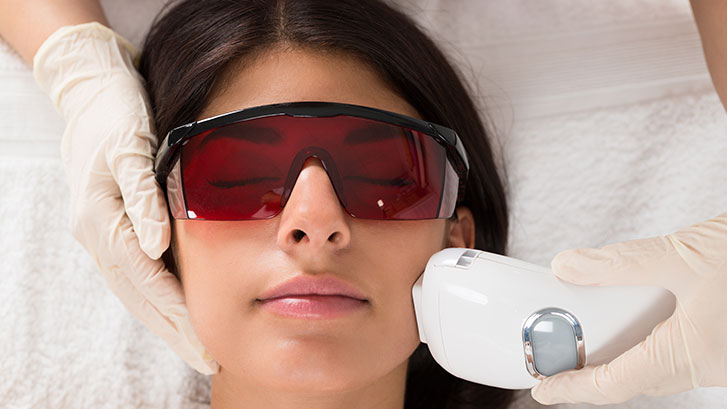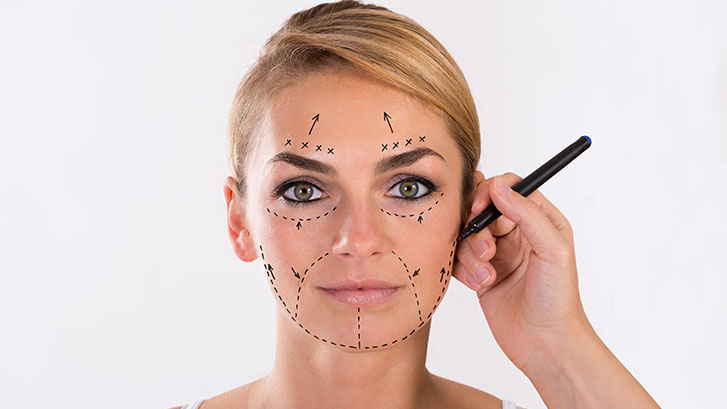The Aesthetic and Health-Related Benefits of Blepharoplasty
It is evident that plastic surgery and cosmetic procedures have aesthetic benefits, but many of these procedures can have impacts on the health of patients, as well. One such procedure is blepharoplasty.
Blepharoplasty, also called eyelid surgery or an eye lift, is a procedure that removes excess skin by removing and relocating soft tissue surrounding the eyes, including fat and even muscle, in order to improve the appearance or resolve health issues. This is a serious procedure that can involve major changes to the eye area, but recovering from the procedure is relatively easy and usually only takes one to two weeks.
Aesthetic Benefits of Blepharoplasty
Cosmetic blepharoplasty is most often thought of as an age-reversing and revitalizing procedure. This procedure reduces under eye bags, sagging upper lids, and puffiness surrounding the eyes. This opens up the appearance of the eyes and gives a more alert, awake, and youthful appearance. It can also sometimes remove wrinkles and creases resulting from bags, sagging, and puffiness, and can remove or minimize the appearance of dark circles under the eyes. However, blepharoplasty cannot remove crow’s feet or improve the appearance of dark circles that are due to thin skin or hyperpigmentation of the skin.
Cosmetic eyelid surgery can be performed alongside other procedures for a more comprehensive revitalization or to address aesthetic issues that blepharoplasty alone cannot resolve. Crow’s feet and other types of wrinkles can be addressed with lifts, such as face lifts and brow lifts, or injected dermal fillers, such as Botox. Skin resurfacing treatments, injected dermal fillers, and custom facial implants and reconstruction can be used to improve the appearance of dark circles due to hyperpigmentation and fill in shadowy hollows under the eyes.
Health Benefits of Blepharoplasty
People don’t typically think of plastic surgery as having health benefits, and blepharoplasty is typically performed for cosmetic reasons. However, blepharoplasty, like many plastic surgery procedures, has health benefits, as well. These benefits extend to both the mental and physical health of patients.
Patients seeking eyelid surgery for health reasons can also have the appearance of the eye area improved at the same time, and may be eligible to have insurance cover the cost of the procedure.
Mental Health Benefits
Many plastic surgeries can benefit patients’ mental health by improving their self-confidence, and eyelid surgery is no exception. Not all patients will see improved self-esteem from plastic surgery, but patients who are highly dissatisfied with a particular aspect of their appearance that can be addressed by the procedure and have realistic expectations can greatly benefit.
People with high self-esteem are less likely to experience mental health issues, such as eating disorders, anxiety, and depression, among others. They are also more likely to have socially healthy and fulfilling lives. They are able to foster healthier relationships, are more comfortable expressing themselves, and form healthy and realistic expectations for themselves and those around them.
Physical Health Benefits
The improvements to mental health can have implications for physical health, as well. Eating disorders take a toll on the body, weakening tissue and making the person more prone to illness. People with high self-esteem are also more likely to take care of themselves, such as by pursuing a healthy exercise routine and making other healthy choices.
However, these are not the only ways that blepharoplasty can improve the physical health of patients. Many people have excess sagging of the upper lid that leads to obstruction of the upper portion of their field of vision. This can be the result of aging, physical trauma, or illness. Eyelid surgery can help correct this vision obstruction by eliminating the excess skin and displaced tissue, clearing the field of vision.
Dr. William J. Binder
Dr. William J. Binder is an experienced plastic surgeon based out of Los Angeles and is considered one of the world’s best plastic surgeons. He is double board certified, extensively published (largely in peer reviewed publications), and has 10 patents on medical devices and pharmaceuticals.
Whatever your reason for choosing blepharoplasty, you deserve the best possible surgeon. Contact Dr. Binder’s office today to schedule your consultation with one of the best.

